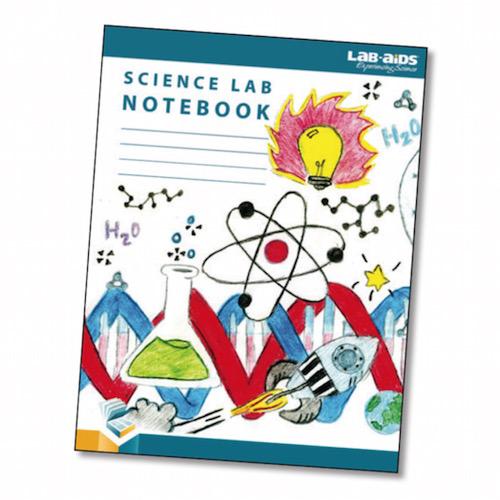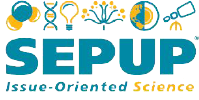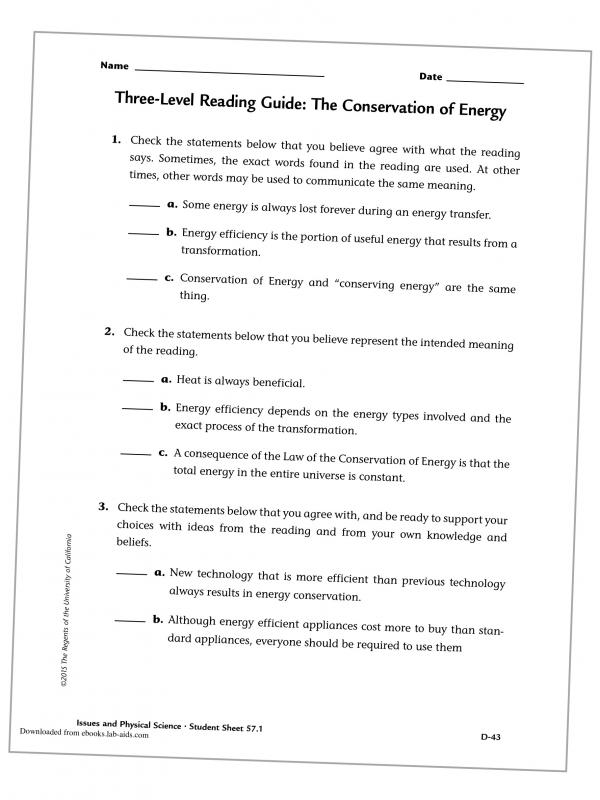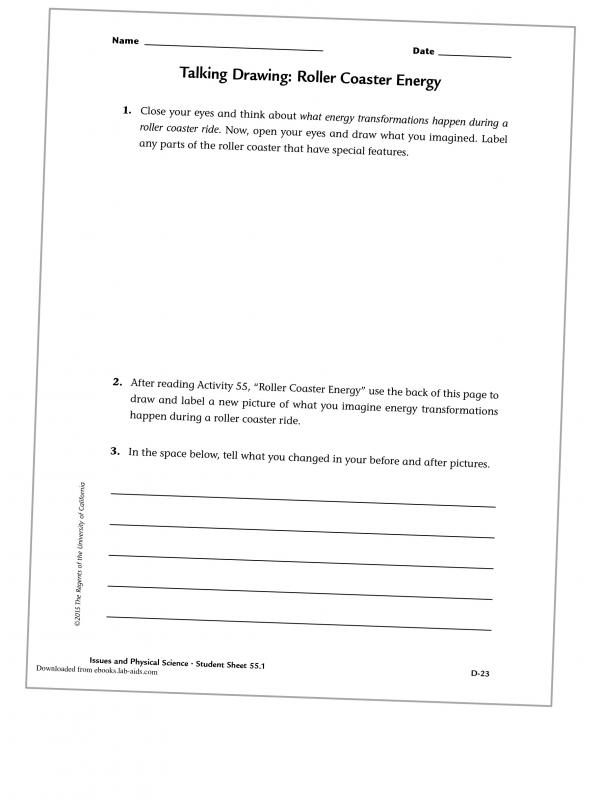
The Lab-Aids® Science Lab Notebook
A science notebook not only models the way scientists work, but it helps to develop and reinforce students’ science learning and literacy skills.
The Lab-Aids® Science Lab Notebook is designed to support best practice note-booking strategies. It includes three-hole punched pages in a two-column design for Cornell-style notes. GraphAnywhere pages allow students to both write and easily create data-tables and graphs anywhere on the page. The unique “Lab-Log” column serves as a blank canvas for drawings, connections, and self-reflective notes. 160 pages total.

Literacy Strategies embedded in SEPUP core curriculum:
Supporting reading comprehension
Anticipation Guide • Directed Activities Related to Text (DART) • Listen, Stop, Write • Reading Scientific Procedures • Three-Level Reading Guide
Enhancing student writing
Keeping a Science Notebook • Writing a Formal Investigation Report • Writing Frames • Writing Review • Research Project • Assessment: Communicating Scientific Information
Facilitating group discussion
Discussion Web • Intra-act • Oral Presentation • Walking Debate • Assessment: Group Interaction
Synthesizing concepts and vocabulary
Categorization Activity • Concept Map • KWL • Talking Drawing • Venn Diagrams
A number of strategies to help students improve reading comprehension can be implemented before, during, and after the reading.
Here are two examples from the SEPUP resources:

Three-Level Reading Guide
The Three-Level Reading Guide is a reading strategy that focuses students on processing content in text. It guides students from the literal level of understanding to the higher levels of interpretation and application of the reading.
While the literal statements guide students to look for ideas that are explicitly in the reading, fully understanding a text takes more than recognizing information. Good readers also think about the relationships and connections in the information and they interpret and integrate the information into what they already know.
Students should read the statements on the Three-level Reading Guide before they begin reading. By getting a sense of some of the reading’s concepts and ideas, they are better prepared to recognize key information in the text.

Talking Drawings
Talking Drawings help students construct diagrams to visually communicate their ideas about a concept. Used before and after activities, the drawings can be adjusted to show new understanding.
When constructing a Talking Drawing both before and after an activity, students experience the reflective process by which skilled science learners incorporate new conceptual understanding with previously held ideas.
The teacher may incorporate a scientific diagram whenever it is appropriate for students to express their understanding in pictorial form.
Beyond literacy
Differentiation
An intentionally flexible approach to all program activity types helps accomplish our goal that all students achieve scientific literacy.
Assessment
Integrated into the SEPUP programs the SEPUP assessment system sets up ways to collect evidence on student learning and improve performance.
Middle School Programs
Preview to see how literacy, differentiation, and assessment supports are built into the SEPUP middle school programs.
